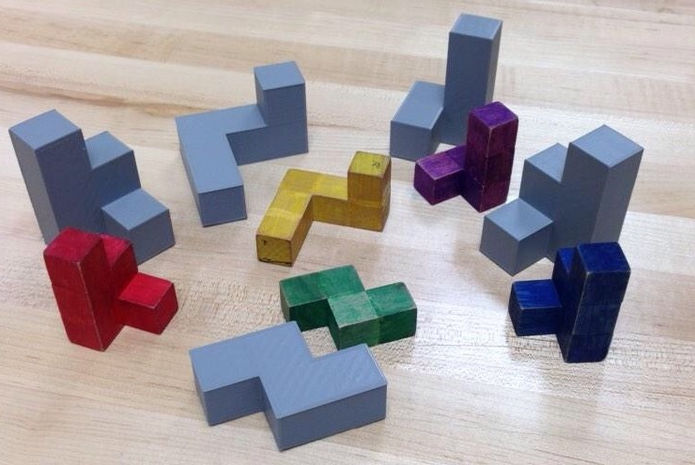
The engineering pathway at DuPont Manual exposes students to the field of engineering and technology as it relates to STEM careers. By completing the program students will be prepared to enter college level engineering courses by engaging in hands-on project-based activities focused on building the skills necessary to be successful in engineering or other STEM majors and future careers.
Engineering at DuPont Manual High School
Skills Acquired
Technical & Mechanical Skills
-
3-D Modeling using computer software (CAD)
-
Arduino programming and automation (C/C++)
-
Prototype construction using power tools and 3-D printer
-
Excel Spreadsheet and Database manipulation
-
Presenting design ideas using Powerpoint or other media
-
Technical writing and documentation
21st Century Skills
-
Critical thinking and problem solving
-
Contribute to a team to accomplish a common goal and resolve conflict
-
Utilize math and science to solve complex problems
-
Communicate ideas effectively
-
Use Creativity in design solutions
Course Sequence & Pathway
Engineering I
A foundation course that applies the skills, concepts, and principles of engineering. Students are introduced to the design process and documentation procedures in an engineering notebook. Topics include investigating mechanisms, design optimization, computer-aided design, and electrical circuits. Students create physical and virtual models of design solutions and test, collect, and report data.
Engineering II
A project and research based course that continues deeper into the foundation skills developed in Engineering I. Students focus on mechanical, civil, electrical, and aerospace systems. Includes in-depth exploration into selected disciplines of engineering areas such as material science, power/energy/transportation, robotics, electronics, bio-mechanics and engineering ethics.
Engineering Capstone
This is a laboratory-based course designed to study an engineering challenge, and/or recent technological advancements of interest to the student. This study should include how this advancement affects society and/or environment. A culminating project integrating one or more of the contexts of the field of engineering is encouraged. It should include research, design, construction, analysis, writing, and presenting.

















